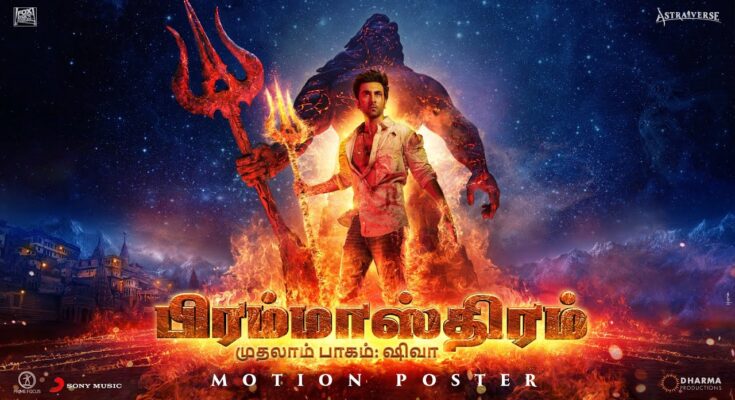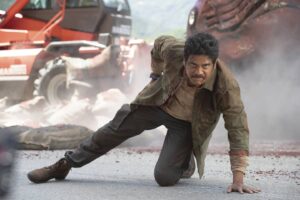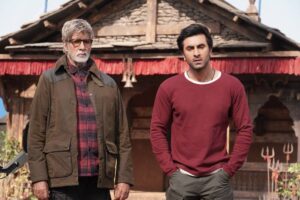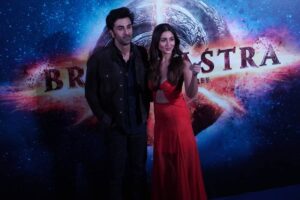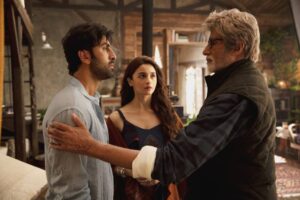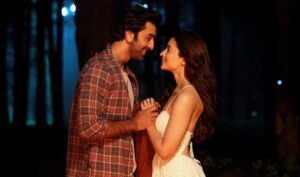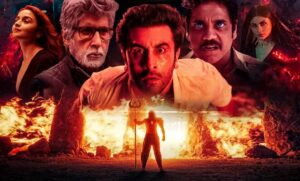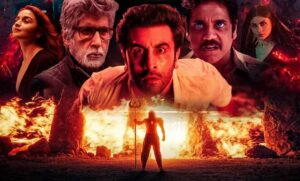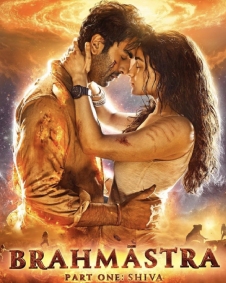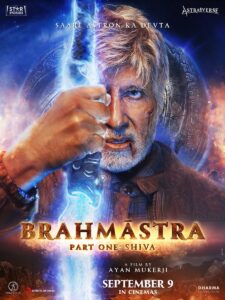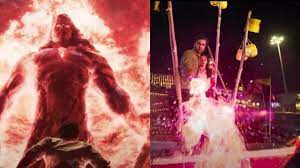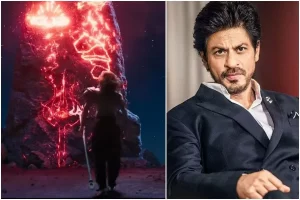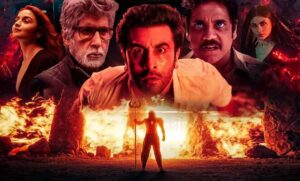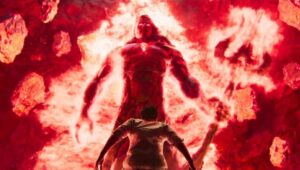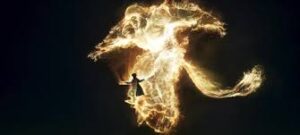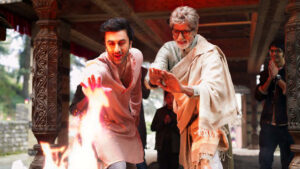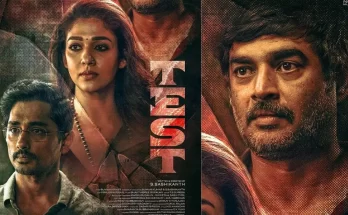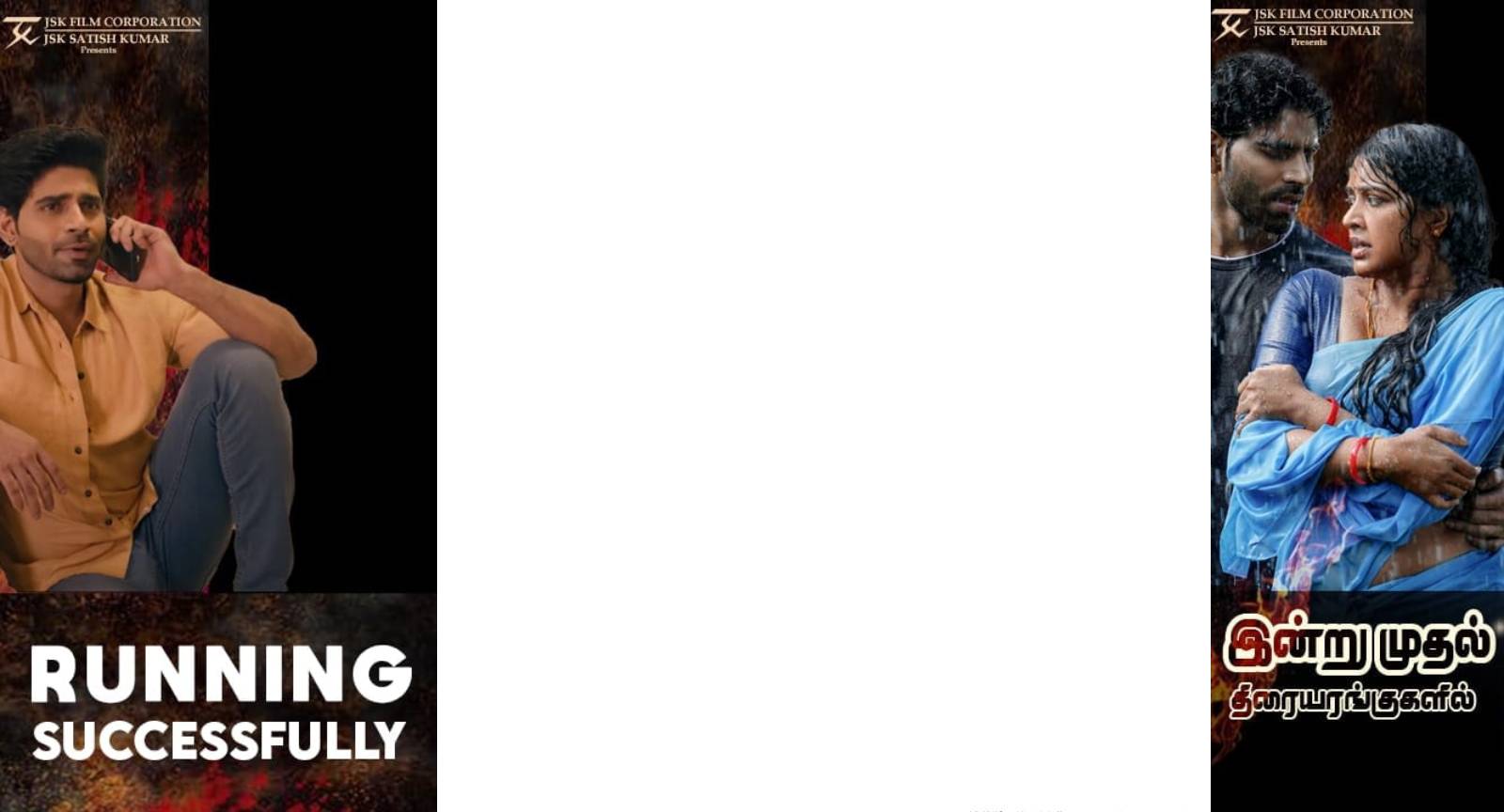BRAHMĀSTRA PART ONE: SHIVA .Tamil Movie Review
Cast-;
Ranbir Kapoor , Alia Bhatt , Amitabh Bachchan , Nagarjuna Akkineni , Mouni Roy , Dimple Kapadia , Saurav Gurj ar , Gurfateh Pirzada , Dhruv Sehgal , Shah Rukh Khan (guest appearance) and others .
Crew-;
Director – Ayan Mukerji , Screenplay – Ayan Mukerji , Dialogue – Hussain Dalal , Cinematography – V Manikan dan, Patrick Duroux * Pankaj Kumar * Sudeep Chatterjee * Vikash Nowlakha Music – Pritam Chakraborty , Pro ducer – Karan Johar*Apoorva Mehta * Namit Malhotra * Ranbir Kapoor * Marijke Desouza * Ayan Mukerjiv , Dis tributer -Star Studios * Walt Disney Studios * Motion Pictures , Art Direction – Ayush Bajoria *Bogdan Bogdan ov * Borislav Bogdanov , VFX – Mukund Agicha * Habeeb Ahmed, Shudhdodhan Milind * Ambhore * Sumit Mili nd * Ambhore* Jarrod Anderson , Production Design – Amrita Mahal , Dialogues – Madan Karkey , Producers – Karan Johar * Apo Production companies – Star Studios * Dharma Productions * Prime Focus * Starlight Pictures , Distributer Star Studios (India) Walt Disney Studios Motion Pictures (International) P R O – Suresh Chandra and Rekha D’One .
Story-;
Brahmastra Part One: Shiva movie is a film inspired by Amish Tripathi’s book ‘Immortals of Meluha’. It is based o n the first book in the trilogy- Shiva. The movie is a fantasy adventure film and is the first in a planned trilogy as part of its own cinematic universe called Astraverse. The main story is set in the present times where Shiva a yo ung man discovers he has superpowers. Shiva is in love with Isha. However, their lives are changed completely when Shiva learns that he has a mysterious connection to the ‘Brahmastra’. He discovers a great power within him that he doesn’t understand just yet – the power of fire. He travels 3000 years back in time to the pre-Maha bharata era to learn more about weapons like Brahmastra in order to fulfil a mission in the current era. The mo vie is based on Indian mythology while being set in contemporary India. There is a secret society called the Br ah mansh – which has been guarding the ‘Astras’ created in ancient India for generations with their life. The most powerful among these weapons is the Brahmastra which is now waking up and threatens to destroy the entire universe. Will Shiva be able to learn about the ancient weapons and use his superpowers? Watch the action-pa cked movie to find out more.
Watch The Trailor -;
Movie Review – ;
Superhero movies and romantic comedies agree: Love is the most powerful force in the universe. It compels ico nic heroes as well as wayward lovers, resets the moral compass and cleanses the soul. That is the ethos behind “Brahmāstra Part One: Shiva,” the first installment in a Bollywood trilogy from director Ayan Mukerji. The film is both sci-fi/fantasy and Bollywood romance, an ambitious introduction to a mythological cinematic universe with the expected hiccups of building a massive world from scratch. It’s an admirable attempt and unmissable thea tri cal experience for any Tamilnadu fan. Brahmastra will have a theatrical release on September 9 in India. Just one day ahead of the film’s release, a review of the film is making rounds on the internet, generating netizens’ reacti on. The first review of Brahmastra was posted on Twitter by Umair Sandhu, who identifies as a film and fashion critic in the UK, the United Arab Emirates, and India.
One of the costliest Bollywood films of all time, Brahmastra also stars Amitabh Bachchan, Nagarjuna and Mouni Roy in pivotal roles. Sandhu, in his review of the film, said that the film has excellent visual effects, and a few seq uences are executed flawlessly. Cinematography is eye catching, he added, but quipped that the lighting is too da rk at places. While Sandhu hailed production design, he called story & screenplay strictly average, calling it borin g during interval portions. Music is first rate “Shiva” sets up Mukerji’s “Astraverse” saga, in which a group of hum ans protect the sacred light of the universe in its various forms, called Astras: Water, earth, wind, and the film’s fire — but also animal powers, like the bull or monkey. The Brahmāstra is the last of these energies, carrying the essence of all of them, broken into three parts and kept separate to ensure the world’s safety. This and the other Astras are entrusted to and kept secret by an Illuminati-esque group known as the Brahmansh.
The film explains all of this up top (though better than most because it’s narrated by Bollywood’s biggest supers tar Amitabh Bachchan), but too early; after the introductory sequence we switch to Shiva (Ranbir Kapoor), the or dinary-yet-extraordinary hero of this story, and for the next hour both he and we need barely think of anythi ng as trivial as world-saving Astras, because there’s a girl.Shiva falls hard and fast for Isha (Alia Bhatt) for reason s neither he nor the film can quite articulate. The real-life couple’s on-screen debut does not translate to the best career chemistry for either (which is fine and normal and actually speaks well of their acting ability with other sc ene partners). A lot of “Brahmāstra” hinges upon the notion that Shiva and Isha’s connection is as powerful as an y Astra, but it feels less like two people falling in love than two people who watched too many Bollywood movies and mistook happenstance for destiny.
]
When Shiva begins experiencing disturbing visions and spurts of power which reveal him to be the fire Astra, Is ha joins him to find out what it all means. On paper, “Brahmāstra” is not an explicitly Hindu film. The idea of Ast ras is rooted in Hindu mythology, but tweaked for Mukerji’s vision. The film is still rife with Hindu imagery and th emes: the name Isha being a form of Lord Shiva’s wife Parvati; Sanskrit chants and song lyrics; the image of Isha and Shiva walking around a fire (part of the Hindu wedding ceremony); characters praying regularly and celebra ting the Hindu festivals of Dussehra, Durga Puja, and Kali Puja. Only the villains have no discernible religion. Bra hmastra is a three-part trilogy. The first part of the film titled, Brahmāstra: Part One – Shiva, will hit theatres to morrow. Brahmastra has been in making for over six years now, Ayan Mukerji revealed. The film was announced in 2014 and went on floors in 2016.
The logo of the film was launched in Banaras in 2019 on the occasion of Maha Shivratri. Produced on an estima ted budget of ₹410 crore, Waste of money in C G Work CG works VCompany and Staff is Very Lucky Brahmas tra Part One – Shiva is one of the most expensive Indian films. But the central themes — the coexistence of light and dark, and the triumph of good over evil — are universal. They are as intrinsic to Hindu texts as to Harry Pot ter, to “Lord of the Rings,” Star Wars, “Avatar: The Last Airbender” — any sci-fi fantasy epic you can name that “Br ahmāstra” will likely resemble at one point or another. Sadly, the film’s godless villains are painfully flat. Their leader is Junoon (Mouni Roy), whose entire identity is her scarlet-streaked hair and coal-black eyeshadow. A villainess could be an excellent showcase for any female actor, but not one so conspicuously underwritten and performed (the aforementioned eyeshadow is doing most of the heavy lifting).
Junoon’s squandered potential is a shame, and ironic considering how well she could have played out in the han ds of someone like Bhatt herself. For as much as the film seeks to lift up Shiva and Isha, the latter is criminally un derutilized. It’s a step up from most portrayals of a romantic interest in a superhero movie, but disappointing gi ven Bhatt’s known capability in films like “Raazi” or the recent “Darlings.” Isha is literally boiled down to Shiva’s “button” — the force that drives him and unlocks his fire powers, a tool in his hero kit. She’s smart, brave, and lo yal, standing firmly at his side even without any Astras of her own, but constantly in need of saving — at least th rough Shiva’s eyes. Kapoor himself doesn’t bring much to the role, nor does the role lend itself to innovation and challenge. The physical prowess he brings to dance sequences translates to stunt work and what can only be de scribed as fire bending, but Shiva is otherwise indistinguishable from the puppy dog sad boy archetype all but sy nonymous with Kapoor’s leads (some of which Mukerji also directed).
The cast is otherwise bloated; the leads’ forgettable friends disappear after the first segment, in which they are overwhelmingly eclipsed by a group of children in Shiva’s care. Once he shows up halfway through the film, Bac hchan is a welcome grounding presence, striking a perfect balance between stern and benevolent as Guruji, but a handful of other disciples at his ashram are easy to lose track of and weigh this section down.A man and woma n gaze at each other from opposite sides of an ornate fence; still from “Brahmastra Part One: Shiva.” Mukerji’s sc ript keeps the story focused and moving, even with a few intermittent dumps of exposition. The comedy is notab ly strongest, with sharp jokes popping up in between banal romantic and dramatic dialogue — though some of th is may be lost on non-Hindi speakers. The resultant tone is a little disorienting as the film tries to balance its emo tional bildungsroman with appropriate levity, but it works overall.
To that end, the first act moves quickly, but pacing is inconsistent and the finale too drawn-out.“Brahmāstra” is o ne of the most expensive Indian movies ever made, with an estimated budget of 410 crores or over 50 million do llars. The investment pays off with dazzling CGI of the Astra’s light powers, similar to the visuals on “Ms. Ma rve l.” Since there’s no real-life comparison for how godlike light power would look, “Brahmāstra” gets to create its own visual language, packed with brightness and saturation matched in the lush cinematography and colorin g. The film’s editing can be heavy-handed bordering on chaotic, but anyone who has ever watched an Indian soap opera will feel right at home. Pritam’s soundtrack manages to dull his own talents as composer and the versatilit y of singer Arijit Singh. “Kesariya” and “Deva Deva” are more alike than different, barely clearing the slipping bar for originality in a Bollywood music scene increasingly populated by remixes and any old song autotuned and ret itled “2.0.”
 “Dance Ka Bhoot” is at least charming and folksy, serving to introduce Shiva’s character through Kapoor’s formi dable dance talent. Composer Simon Franglen’s background score, while serviceable, lacks the distinction nece ssary for a film of this magnitude, and might have benefited from more Indian classical influences given the film’s themes.“Brahmāstra” throws a lot at its audience, especially with the rules and history of the Astras, which was n’t necessarily needed in “Part One.” After all, it’s not like audiences understood the intricacies of Infinity Stones back when they were introduced in “Age of Ultron.” The film accomplishes most of what it sets out to do, such as building out Shiva’s history and path forward, and the look and feel of Astraverse combat and training. The seco nd half of the film hits some predictable but satisfying twists, leading up to a reveal that will have to wait until “P art Two.” Much like other big blockbusters, it leaves audiences wanting more.
“Dance Ka Bhoot” is at least charming and folksy, serving to introduce Shiva’s character through Kapoor’s formi dable dance talent. Composer Simon Franglen’s background score, while serviceable, lacks the distinction nece ssary for a film of this magnitude, and might have benefited from more Indian classical influences given the film’s themes.“Brahmāstra” throws a lot at its audience, especially with the rules and history of the Astras, which was n’t necessarily needed in “Part One.” After all, it’s not like audiences understood the intricacies of Infinity Stones back when they were introduced in “Age of Ultron.” The film accomplishes most of what it sets out to do, such as building out Shiva’s history and path forward, and the look and feel of Astraverse combat and training. The seco nd half of the film hits some predictable but satisfying twists, leading up to a reveal that will have to wait until “P art Two.” Much like other big blockbusters, it leaves audiences wanting more.
This IS MY Personal Review So Please Go And Watch The Movie In Theaters Only
Written By- T.H.PRASAD -B4U-Ratting – 2 /5
